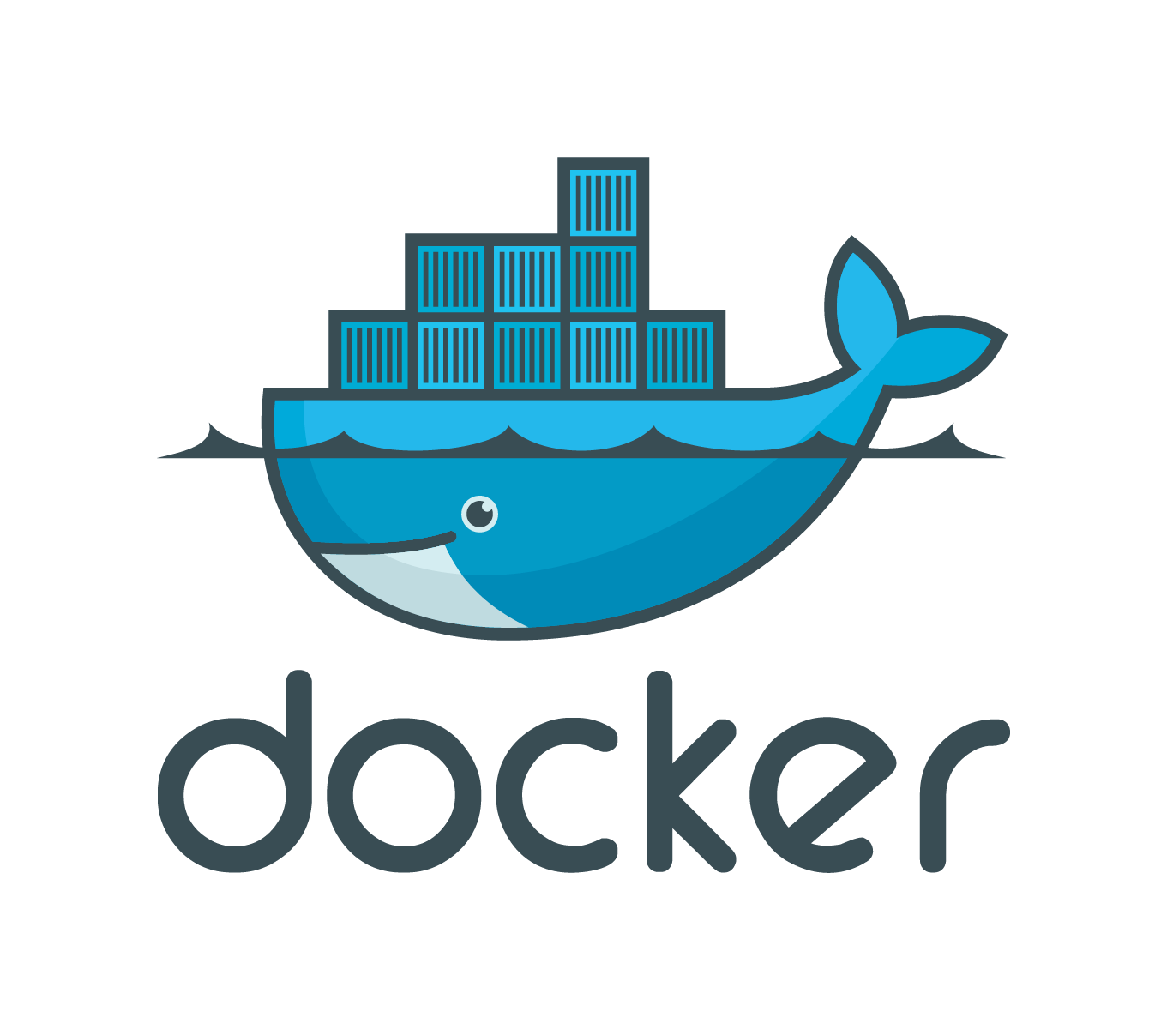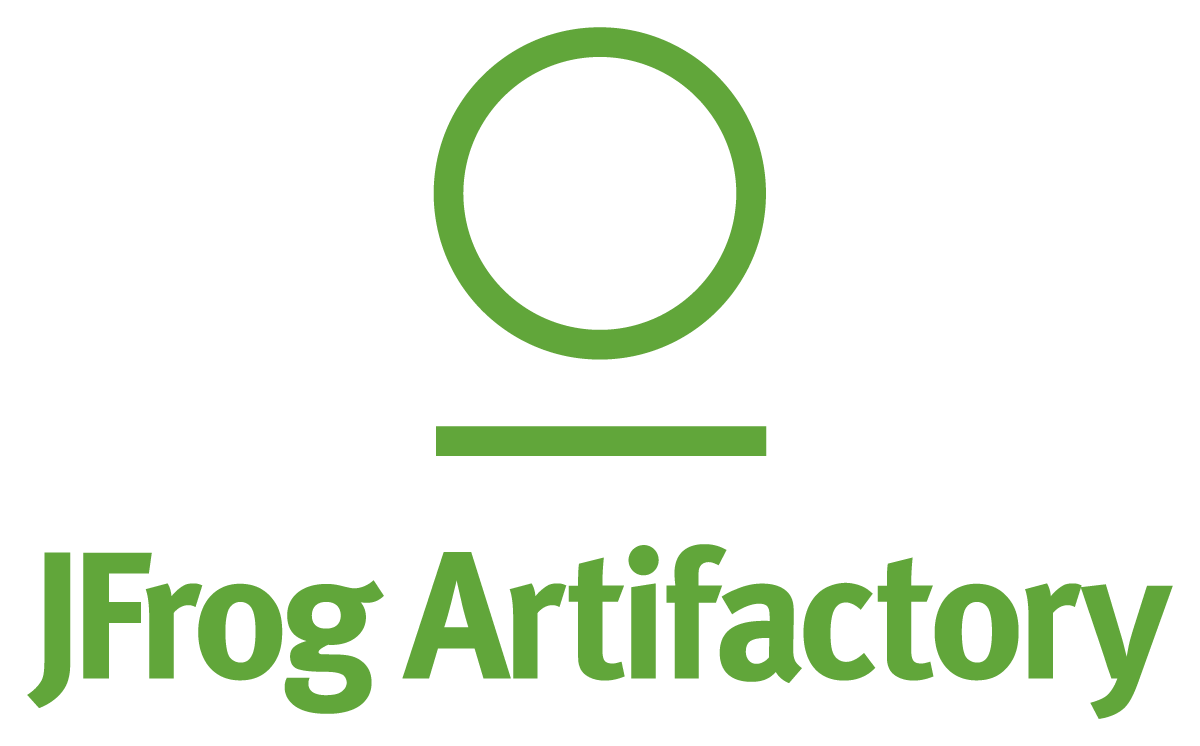Private Docker Repositories with Artifactory
 A while ago I was looking into what it takes to setup a private Docker Registry. The simplest way involves running the vanilla Docker Registry image and a small amount of configuration (vanilla is used to distinguish the official Docker Registry from the Artifactory Docker Registry offering). The vanilla Docker Registry is great for proof of concepts or for people who want to design a custom solution, but in organizations where there are multiple environments (QA, staging, prod) wired together using a Continuous Delivery pipeline – JFrog Artifactory is well suited for the task.
A while ago I was looking into what it takes to setup a private Docker Registry. The simplest way involves running the vanilla Docker Registry image and a small amount of configuration (vanilla is used to distinguish the official Docker Registry from the Artifactory Docker Registry offering). The vanilla Docker Registry is great for proof of concepts or for people who want to design a custom solution, but in organizations where there are multiple environments (QA, staging, prod) wired together using a Continuous Delivery pipeline – JFrog Artifactory is well suited for the task.
 Artifactory, the fantastic artifact repository for storing your Jars, Gems, and other valuables has an extension to host Docker Repositories to store and manage Docker images as first-class citizens of Artifactory.
Artifactory, the fantastic artifact repository for storing your Jars, Gems, and other valuables has an extension to host Docker Repositories to store and manage Docker images as first-class citizens of Artifactory.
Features
Here’s a few compelling features which make Artifactory worthwhile over the vanilla Docker Registry.
Role-based access control
The Docker Registry image doesn’t come with any fine-grained access control. The best that can be done is either allowing or disallowing access to all operations on the registry by the use of a .htpasswd file. In the best scenario, each user of the registry has their own username and password.
Artifactory uses its own fine-grained access control mechanisms to secure the registry – enabling users and groups to be assigned permissions to read, write, deploy, and modify properties. Access can be configured through the Artifactory web UI, REST API, or AD/LDAP.
Transport Layer Security
If enabled, Artifactory will use the same TLS encryption it uses for Docker Registries. Unlike a vanilla Docker Registry, there is no need to setup a reverse proxy to tunnel all insecure HTTP connections over HTTPS. The web UI offers a screen to copy and paste authentication information for connecting to the secured Artifactory Registry.
Data Retention
Artifactory has the option to automatically purge old Docker images when the unique number of tags has grown to a certain size. This keeps the number of available images, and therefore the storage space, within reason. The results of not having old images purged can lead to running out of disk space, or for you cloud users, expensive object storage bills.
Image Promotion
Continuous delivery defines the concept of pipelines. These pipelines represent the flow of commits from when a developer checks in their code to the SCM, all the way through CI, and eventually into production. Continuous Delivery organizations who have chosen to use multiple environments for validating their software changes would “promote” a version of the software from one environment to the next. A version would only be promoted if it passed the validation requirements for that environment.
For example, the promotion of version 123 would first go through the QA environment, then the Staging environment, then the Production environment.
Artifactory includes Docker image promotion as a first-class feature, separating it from the vanilla Docker Registry. What would be a series of manual steps, or a script to run, is now a single API endpoint to promote a Docker image from one registry to another.
Browsing for Images
The Artifactory UI already has the ability to look at various artifacts contained in Maven, NPM, and other types of repositories. It was only natural to offer the same service for Docker Registries. All images of a repository can be listed and searched upon. Images can be further described by showing the various tags and layers that compose it.
The current vanilla Docker Registry doesn’t have a GUI. It is only through third-party projects that a GUI can be provided to offer the same functionality as Artifactory.
Remote Registries
Artifactory has the ability to provide a caching layer for registries. Performance is gained when images and metadata are fetched from the cached Artifactory instance, preventing the time and latency incurred from going to the original registry. Resiliency is also gained since the Artifactory instance can continue serving cached images and metadata to satisfy client requests even when the remote registry has become unavailable. (S3 outage anyone?)
Virtual Registries
Besides hosting local and caching remote registries, virtual registries is a combination of the two. Virtual registries unite images from a number of local and remote registries, enabling Docker clients to conveniently use just a single registry. Administrators are then able to change the backing registries when needed, requiring no change on the client’s side.
This is most useful for humans who need ad hoc access to multiple registries that correspond to multiple environments. For example, the QA, Staging, Production, and Docker Hub registries can be combined together, making it seem like one registry to the user instead of four different instances. Machines running in the Production environment, for example, could only have access to the Production Docker Registry, thereby preventing any accidental usage of unverified images.
Conclusion
Artifactory is a feature rich artifact tool for Maven, NPM, and many other repository types. The addition of Docker Registries to Artifactory provides a simple solution that caters towards organizations who are implementing Continuous Delivery practices.
If you’re outgrowing an existing vanilla Docker Registry, or entirely new to the Docker game then give Artifactory a try for your organization, it won’t disappoint.